One of the most beloved animals on the planet, the elephant is the largest terrestrial mammal to roam the Earth. While capturing a glance of just one of these majestic animals is certainly bucket-list worthy, witnessing an entire elephant herd migrate through the African bush is one of the most breathtaking experiences you will ever have.
In order to celebrate Africa’s gentle giants and honour the role they play in our ecosystem, we’ve listed a collection of interesting animal facts about elephants.
If you’d like to see elephants up close and personal in the African bush, find out more about planning a safari in Africa today!
If you’re a fan of animal facts, be sure to read our previous wild animal facts on the pangolin, lion and wild dog.
Interesting Facts About African Elephants
- There are three different species of elephant; the African Savannah elephant, the African Forest elephant and the Asian elephant. Male African elephants can reach 3m tall and weigh from 4,000 – 7,500kg. Asian elephants are slightly smaller, reaching 2.7m tall and weighing between 3,000 – 6,000kg. The easiest way to these elephants apart is by their ears, African elephants have larger ears that are shaped like the continent of Africa, while Asian elephants have smaller ears.
- Elephants are herbivores and spend 12 to 18 hours eating every day. In addition to eating grass, leaves, bamboo, bark and roots, they are also known to eat fruits like banana, sugarcane and the sweet marula fruit.
- The average lifespan of an elephant is from 50 to 70 years but the oldest elephant on record is an Asian Elephant named Lin Wang who died at age 86. Elephants can give birth up until the age of 50.
- Elephant tusks are made of ivory which is in high demand in the illegal ivory trade. An elephant’s tusks never stop growing, and can be a sign of an older elephant. An elephant’s tusk is used to debark trees and dig for water and roots. They are also used for marking trees to establish territory and occasionally are used for fighting.
- The elephant’s most important limb is its trunk. The trunk is a fusion of the nose and upper lip and is used for drinking and picking up pieces of bark, grass or roots. An elephant’s trunk is extremely sensitive and can suck up to 14 litres of water at a time.
- Elephants create their own sunscreen by throwing mud and sand all over themselves to protect their skin from the hot sun. Their large ears are also used to radiate excess heat away from their bodies.
- Elephants have a matriarchal social structure that consists of the eldest female usually leading the group. Adult males leave the group at age 12-15 and usually live alone, moving from herd to herd. The females spend their lives in tight family groups made of grandmothers, mothers, daughters, aunts and sisters. When a calf is born it is raised by the whole herd which usually consists of 8 – 100 elephants.
- Studies have shown that elephants are highly sensitive and intelligent animals, they show a variety of complex emotions and display deep compassion, grief and self-awareness. Elephants also pay homage to the dead by gently touching the remaining bones and tusks with their trunks and feet.
- When migrating, elephants rely on their incredible memory to find previous sources of food and water. While they’re migrating each season, elephants spread seeds through their elephant dung around the land they have eaten. This makes them an important part of the ecosystem.
- Elephant dung is also creatively used to make a unique blend of tea and coffee. Brewers are using the herbs and coffee beans that are passed through the elephant’s digestive system to create what is called ‘Black Ivory Coffee’
and elephant ‘Dung Tea.’ Elephant dung tea has many benefits, including relieving headaches, clearing sinus and curing other forms of pain.
- Sadly, the elephant population is declining due to human activity and human development. Many elephants are killed by humans for their ivory tusks that are sold for the production of instruments, carvings and furniture. Asian elephants are categorised as Endangered and African elephants are categorised as Vulnerable – at risk of becoming Endangered. Asian elephants are also under threat by unethical tourist attractions where people pay to ride on elephants backs or watch them paint pictures using their trunks.
If you would like to see these incredibly loving animals in the African bush, book a safari in Africa.
If you’re the world’s biggest elephant fan, we recommend booking your safari accommodation at Jabulani in the Kruger National Park. A luxury safari getaway in the heart of the Kapama Private Game, Jabulani offers 5-star accommodation, incredible game drives and, most importantly, a number of opportunities for guests to interact with elephants.
Guests staying at Jabulani can meet, touch and feed a number of elephants at the lodge and can also learn more about the animal rehabilitation at the nearby Hoedspruit Endangered Species Centre.
If you’d like to book a dream safari to Africa, contact us and we’ll craft a bespoke itinerary to suit your needs!

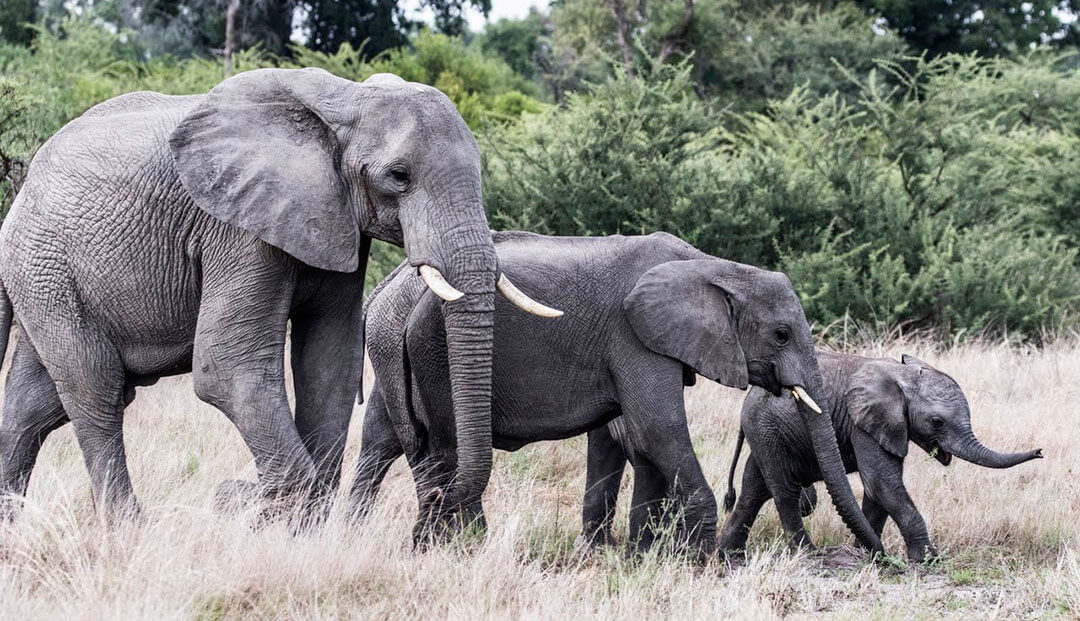
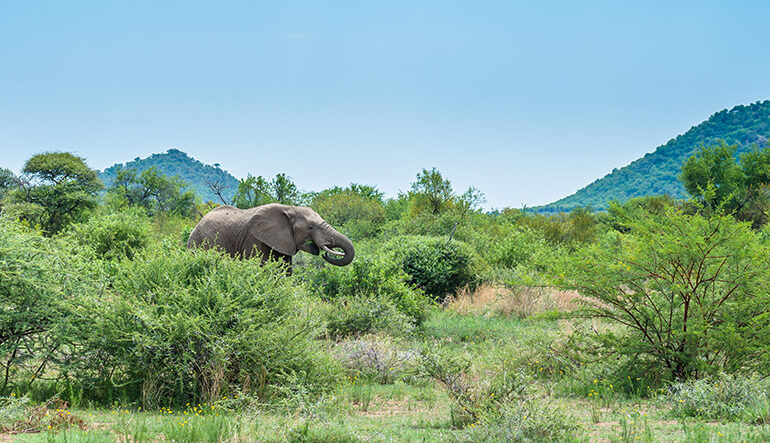
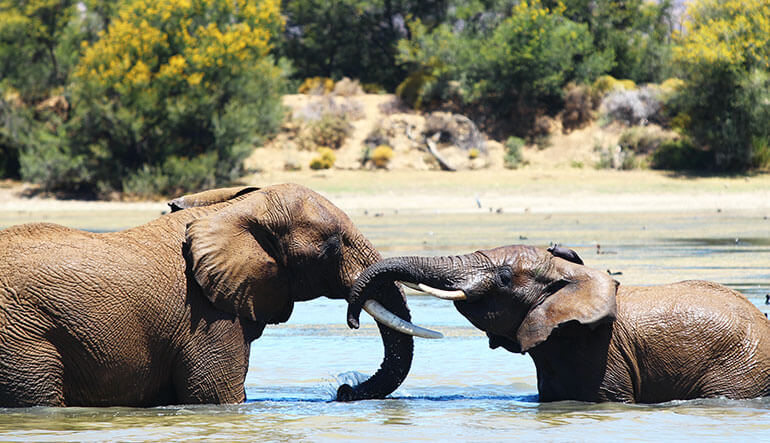

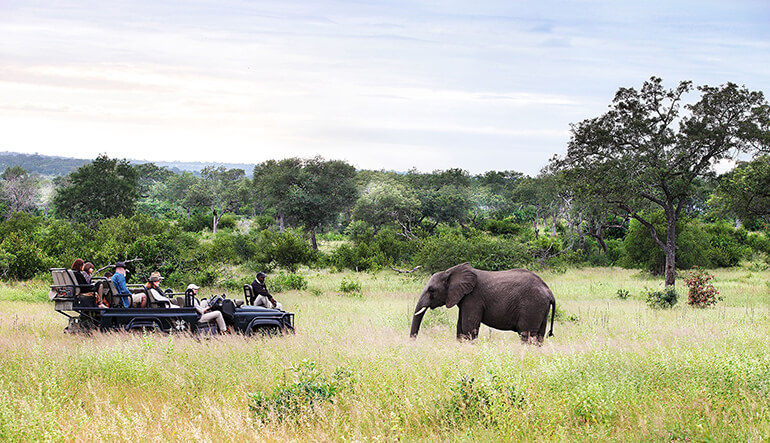
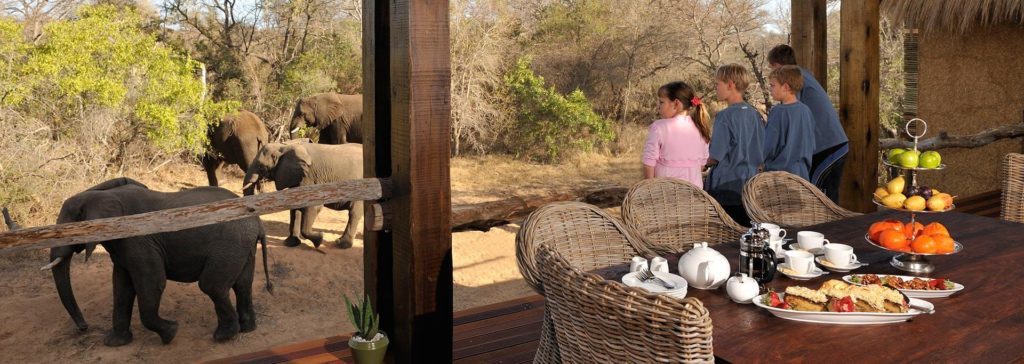
Trackbacks/Pingbacks